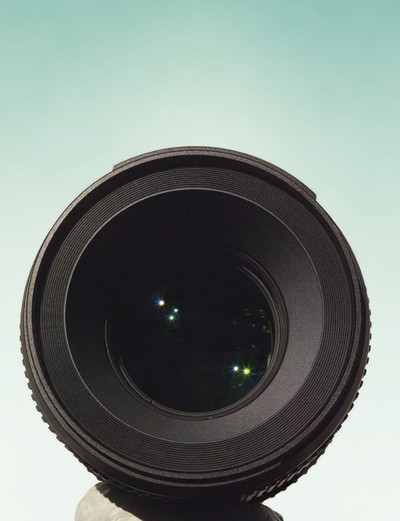Today’s most important photographers are those who have been silenced.
By Mahmoud ‘Mo’ Mfinanga
Photograph by Erwan Frotin
Today’s most important photographers are those who have been silenced.

Seven years ago I created Emmazed, a community-oriented online platform that primarily profiles contemporary photographers. Navigating this industry as a Black photographer and photo editor, I wanted to use the conversations I was having with other photographers, such as Luis Alberto Rodriguez, Ronan Mckenzie, and Farah Al-Qasimi, to find out if photography was a genuine reflection of its climate. As these dialogues gave my inquiries a foundation, the answers they yielded were troubling. The most concerning discovery was the debt of racial biases that white practitioners have collected in this industry at the expense of their non-white contemporaries, particularly Black artists.
Before Covid-19 and the murder of George Floyd tore through the fabric of our globalized society, the photography community at large was in cruise control, mindlessly blasting Kendrick Lamar on the stereo without actually listening to his lyrics. Few photographers were aware of the lack of representation and accessibility faced by their non-white contemporaries, and many were in denial – or being completely obtuse – about how much they had profited from the industry’s racial biases. Photo editors, art buyers, agents, and creative directors, among others, rarely questioned their hiring practices until the world burning down forced them to begin to think about hiring Black photographers, to question if the environment they had created was safe and contributed to the well-being of people who didn’t look like them, and to acknowledge the troubles they had manufactured through their colonial gaze.
So, what did these white people then do? They hired people of colour. ‘Problem solved!’ they exclaimed, as they gleefully reposted the work of their favourite Black photographer – Gordon Parks or Tyler Mitchell – on Instagram, while turning the volume back up on ‘King Kunta’. The problem shifted to the assumption that we all have the same interpretation of progress, along with who should determine whether it’s being made. It might be argued that it could begin by giving space to non-white people to navigate this industry as freely as white people have always been allowed to do. Every practitioner in photography needs to be aware of and to help reform the practices that have been systemically ingrained to prevent change. Like when Vanity Fair loudly proclaimed that it had hired its first Black photographer to shoot a cover – just as Vogue had already done back in 2018 – but then took no time to reflect upon why it had taken nearly 40 years to ‘grant’ this opportunity. Sure, it was ‘nice’ that they had begun hiring Black photographers, but what structural changes were they going to make to introduce Black photo editors? Don’t just give us the pen. Give us the paper, too.
These days I keep reflecting back to the 1930s, when the Great Depression ruptured the surface of society. Photographers such as Dorothea Lange and Gordon Parks were hire by the Farm Security Administration, a US government-initiated programme, to capture evidence of the economic fire. This programme gave photographers a communal responsibility, suggesting that as the rocks of life cracked, they could chisel through its exterior and reveal a deepened sense of grace and engagement with our world. Though this type of government aid hasn’t been replicated in the age of Covid-19, photography has still brought direct, substantial help, particularly in America: through the efforts of photographers working together on photo print sales, it has raised millions of dollars for hospitals (Pictures For Elmhurst), social and justice-related projects (See In Black), the fight against voter suppression (States of Change), and, in the UK, food banks (Photographs for the Trussell Trust). These initiatives remind us that the crossroads at which we find ourselves as photographers is also where we stand as citizens.
As a community of artists, we should be critically aware of how and if photography is reflecting the reality around us. To achieve this, I’m a firm believer in giving power to the streets, to Black women, to trans people – all of whom have been barred from the main stage. Their marginalization reveals the full extent of disenfranchisement that affects every non-white artist. As we take this journey, we need to keep asking questions. Are we continuing to acknowledge our biases and engaging with the uncomfortable but necessary action to disengage from them? Are we doing more than just adding to social-media feeds? If you’re a gatekeeper, are you genuinely willing to sacrifice your ambitions to allow someone else to reach theirs?
So let’s not only be occupied with the internal or external importance of our work, but also focus on why we exist in the spaces we occupy, how we can recalibrate our perspectives when we learn new information, and who we uplift while doing so. Today, perhaps the most important photographers are those who need to be heard – the previously silenced.